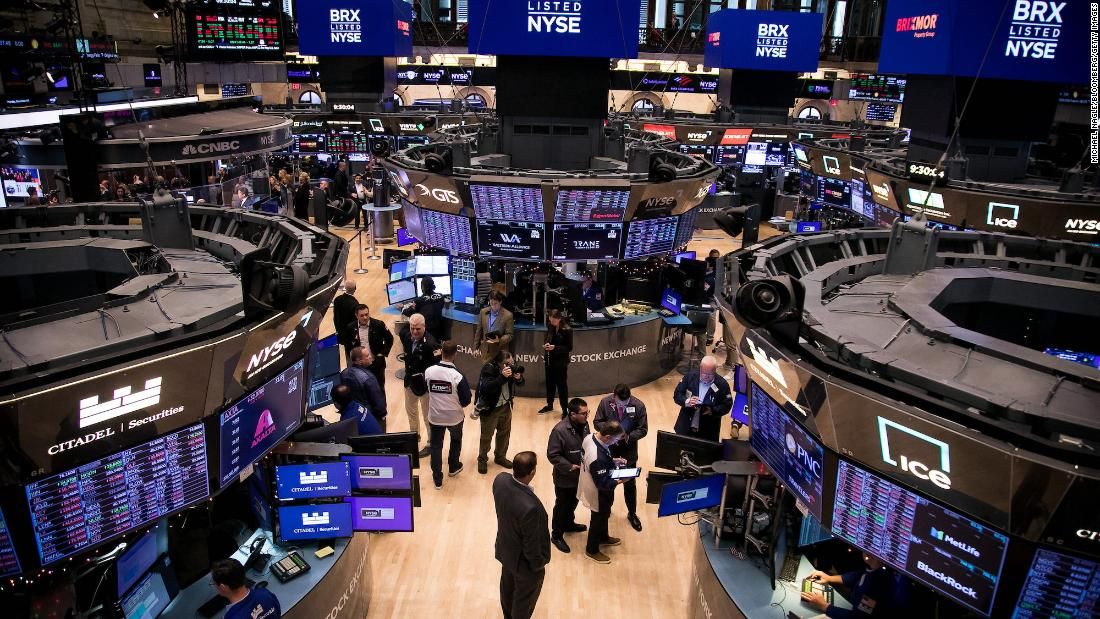The May jobs report could solidify a trend the United States hasn't seen since the early 1950s.
That's because if the unemployment rate turns out as expected, it would mark the 28th consecutive month of unemployment below 4%, the longest streak in more than 70 years.
“If unemployment remains below 4% for the 28th consecutive month, it will be cause for celebration,” economist Dean Baker, co-founder of the Center for Economic and Policy Research, wrote in a note Tuesday.
“If the other data in the jobs report looks anything like April, then it should help the Federal Reserve feel more comfortable with lowering interest rates.”
If the unemployment rate were to reach 4% or more (something that is not expected, given the broader employment data but is also not impossible, because the data that feeds the monthly measurement is volatile) it could have a psychological effect, said Julia Pollak . , chief economist at online job site ZipRecruiter.
“4% is considered a magic number: a number below which participation increases, below which we tend to see employment rates increase more rapidly for women and minorities,” she said.
“Employers in a tight labor market have to do extraordinary things; they have to cast a wider net; they have to actively recruit non-traditional candidates; They have to offer more attractive working conditions, more flexibility, think about installing air conditioning in their trucks or offering a bus to employees. So, it’s kind of a magic number.”












